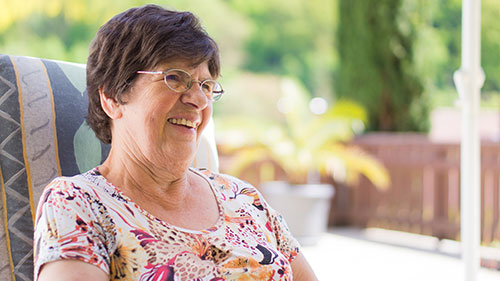Definition of Senior Living is Expanding

Turn on the television or pick up a brochure on senior living options and you will be astounded at the seemingly endless options of spectacular living arrangements for your aging parent. These include facilities that boast everything from fitness centers to cooking classes to walking trails and water aerobics.
And the demand for these types of facilities is exploding. According to the University of Virginia, between 2010 and 2040, the number of Americans over the age of 65 is expected to grow by 90 percent.
Of course, it is easy to choose a nursing home or assisted living facility for your aging parent when you are assured that he or she will be busy taking nature walks or watching movies in a state-of-the-art theater. The only problem with such facilities is the fact that they are expensive-in most cases, prohibitively so.
“While developers and researchers think seniors want more active communities-and perhaps they actually do-most will be unable to afford such a development because all the amenities cost money and don’t generate revenue,” according to Tim Manion of First Care Companies, an assisted living management company.
Thankfully, senior living is no longer synonymous with nursing homes or assisted living facilities. In fact, more and more real estate companies are designing new housing developments that include mixed-generation housing. In other words, seniors are living in neighborhoods and apartment buildings which house a wide-range of residents. For instance, many seniors today live in a house just across the street from a young family or in urban areas where buildings contain a mix of renters, from young, single professionals to married couples with children.
Since many seniors are on a tight budget, developers across the country are working to make sure these housing options are affordable, too. And since seniors-like most people-have different tastes, developments are popping up in rural, suburban and urban areas alike. One thing seems certain; however, no one wants to be placed in isolated nursing home or assisted living facility, separated from the rest of the world. Instead, today’s seniors have come to expect living arrangements that will make them feel vibrant and connected to the communities in which they live.
The nation’s growing senior population also is forcing a shift in the way news homes are constructed. Single-level floor plans, wider hallways and other design elements allow for easier access and the ability for in-home health care professionals to come and go.
In the past, older Americans were likely to retire to states like Arizona and Florida but today, more seniors are looking to age in place. This means that senior-friendly housing is in high demand across the United States for seniors who are reluctant to pick up and leave their church, their doctor and their family and friends behind. All of this proves that there really is no place like home.
